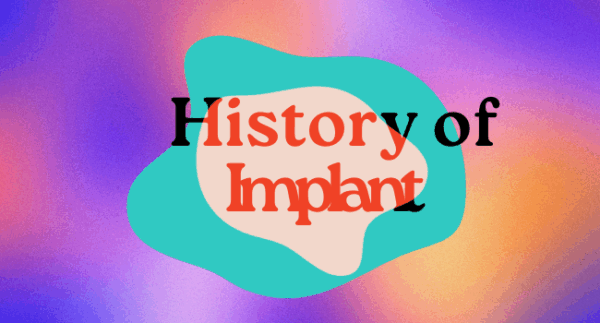Contraceptive Pearl: Non-Pharmacologic Options for Pain Control with Intrauterine Device Insertion
Written by Angeline Ti, MD, MPH
The experience of pain combines cognitive, emotional, and sensory components, and is often a complex interaction between a person’s past experiences, current state of mind, and what nerves are being irritated. While there are a variety of pharmacologic options for pain control with IUD insertions, there are also non-pharmacologic methods that may help reduce pain during gynecologic procedures.
Distraction can be helpful during gynecologic procedures. Verbal distraction, or “vocal local,” can include guided imagery, positive suggestion, or simply small talk. While this can come from the provider, a doula, or other clinic staff, allowing the patient to choose a support person to be present for the procedure can be helpful. Offering music as a distraction can be helpful too, though one study that implemented music via headphones during first-trimester abortion found a small increase in pain compared to the control group, so it is important to keep verbal communication as an option. Visual distraction can also be helpful: one study found a 54% reduction in pain scores during colposcopy after ceiling art was installed.
Integrative methods may be helpful for patients. Aromatherapy may help some patients with anxiety: two small studies looking at inhaled lavender with IUD insertion and intrauterine insemination found reductions in anxiety during the procedures, but no change in pain scores. The evidence around acupuncture for gynecologic procedures is mixed, but may be helpful. A systematic review found adjunctive acupuncture to significantly improve pain during and after oocyte retrieval, and a randomized control trial of auricular acupuncture during first-trimester aspiration abortion found a significant reduction in both pain and anxiety. Though, a similar study of auricular acupuncture, acupressure, and placebo found no significant benefits.
While the evidence base for non-pharmacologic interventions is small or extrapolated from other gynecologic procedures, given the low-risk nature of these interventions and the potential for benefit, it’s important to employ multi-modal options for pain control to be able to individualize care and better meet your patients’ needs.
Resources:
Your Birth Control Choices Fact Sheet
Your Birth Control Choices Poster
Sources:
Pharma-free
The Reproductive Health Access Project does not accept funding from pharmaceutical companies. We do not promote specific brands of medication or contraception. The information in the Contraceptive Pearls is unbiased, based on science alone.

